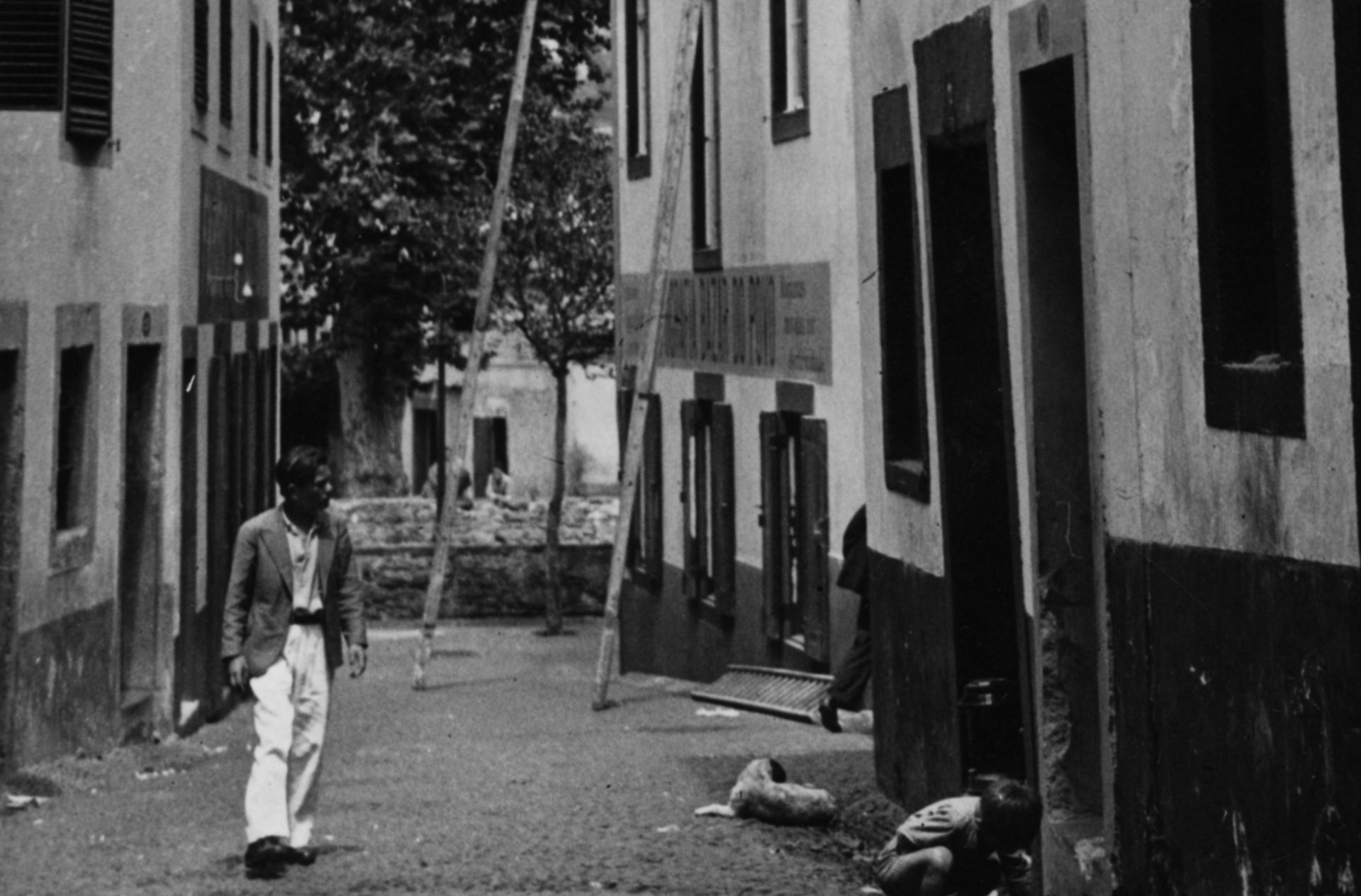Posted on January 26, 2022 by Bruno Viera -

The biscuits were packaged in large cube-shaped tins, featuring eye-catching paper labels for Maria, Petit-Beurre, Digestive, and Ginger biscuits.
In 2018, to celebrate its 125th anniversary, the Factory released a new metal tin as a fitting tribute to the original tin, which is part of the history of so many Madeiran families.
Posted on October 29, 2021 by Ana Clode -

Our recipe books are our most precious treasure. These small books are filled with original recipes from Mrs. Guilhermina, all written in her beautiful handwriting.
These recipes have survived across generations and have become a hallmark of quality and consistency at Fábrica Santo António, setting the standard in Madeira.
Posted on October 29, 2021 by Ana Clode -

Francisco Roque Gomes da Silva marries his beloved Guilhermina, his life partner.
Guil played a crucial role in the development of most of the family’s recipes that have been passed down through generations.
Posted on October 29, 2021 by Ana Clode -

The machines used for producing Maria and Petit Beurre biscuits remain unchanged and original. They started as manual, then ran on steam, and now have been adapted to electricity.
The laminator, which is used to roll out the dough to the desired thickness for the cookie, and the molding machine, which cuts and shapes the dough into the desired shape, are original and both machines were made in England by Sperling & Williams.
Posted on October 29, 2021 by Ana Clode -

In 1893, Francisco Roque Gomes da Silva founded the very first fine biscuit production facility, Fábrica Santo António, on Madeira Island. From that day forward, the streets of Funchal have been filled with a new delightful scent.
Posted on August 29, 2021 by w3bm4st3r_fsa -

In the left corner, you can see the factory building and the rail in the center of the street, which is now referred to as Rua 5 de Outubro (formerly Prince Street).
The factory was only 13 years old at the time.
Posted on August 29, 2021 by w3bm4st3r_fsa -

The Travessa do forno earned its name because in the past, a community oven (forno) was located here. It was in this location, taking advantage of the existing infrastructure, that the Santo António Factory was built.
The image portrays the actuality of the 1920’s.







